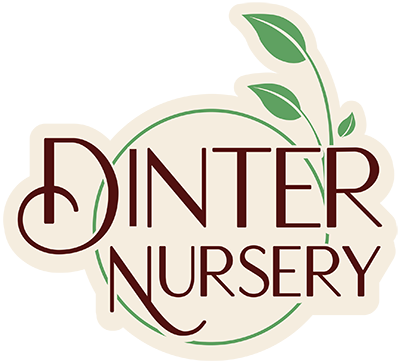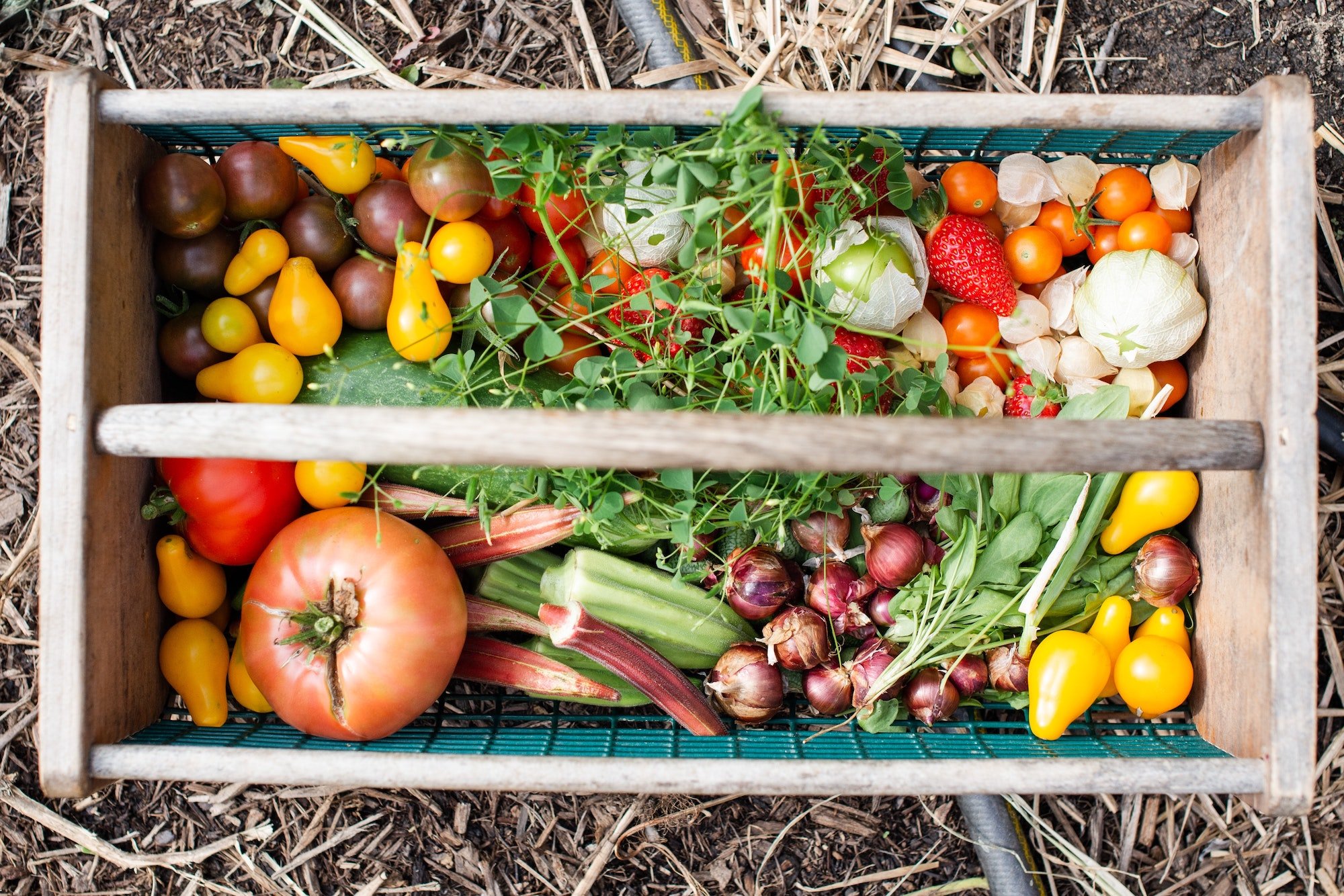Planning a Vegetable Garden
There’s never been a better time or more incentive to grow your own food!
Homegrown food is fresher and healthier, and nothing beats the sense of accomplishment you get from eating something you grew yourself.
If you have a sunny location, you can grow food! Vegetables can be grown in any locations that receive six hours or more of direct sunlight. Good soil is important, too, but if it is not present, it can be brought in to supplement your existing garden beds, fill raised beds, or containers on sunny decks.
Analyze what kind of food you are eating and what can be substituted with your garden instead. While successful gardening comes from experience, it is never too late to start! Greens such as lettuce, spinach, kale, mustard greens, mescluns, and more make for an easy introduction to gardening. Many of these are hardy and can be planted in March, with rotations ending with the last harvest in early December. (That’s nine months of harvest!)
Tomatoes top the list of high value crops, but cannot be set out until the heat arrives in May. Get a head start by growing them indoors for setting out in space created by early greens being harvested. Alternatively, you can grow tomatoes in containers—7 or 10 gallon sizes are ideal for the larger growing plants.
If you have limited space, look to crops that you can rotate through several plantings throughout the year. For example:
Root crops such as carrots can be seeded twice, with the second crop staying in the ground for harvesting over the winter.
Potatoes do well in grow bags that free up valuable garden space.
Early planting of peas in cool spring weather can be followed by beans in warm summer temperatures.
With careful planning, a garden can put something on your table year-round!

